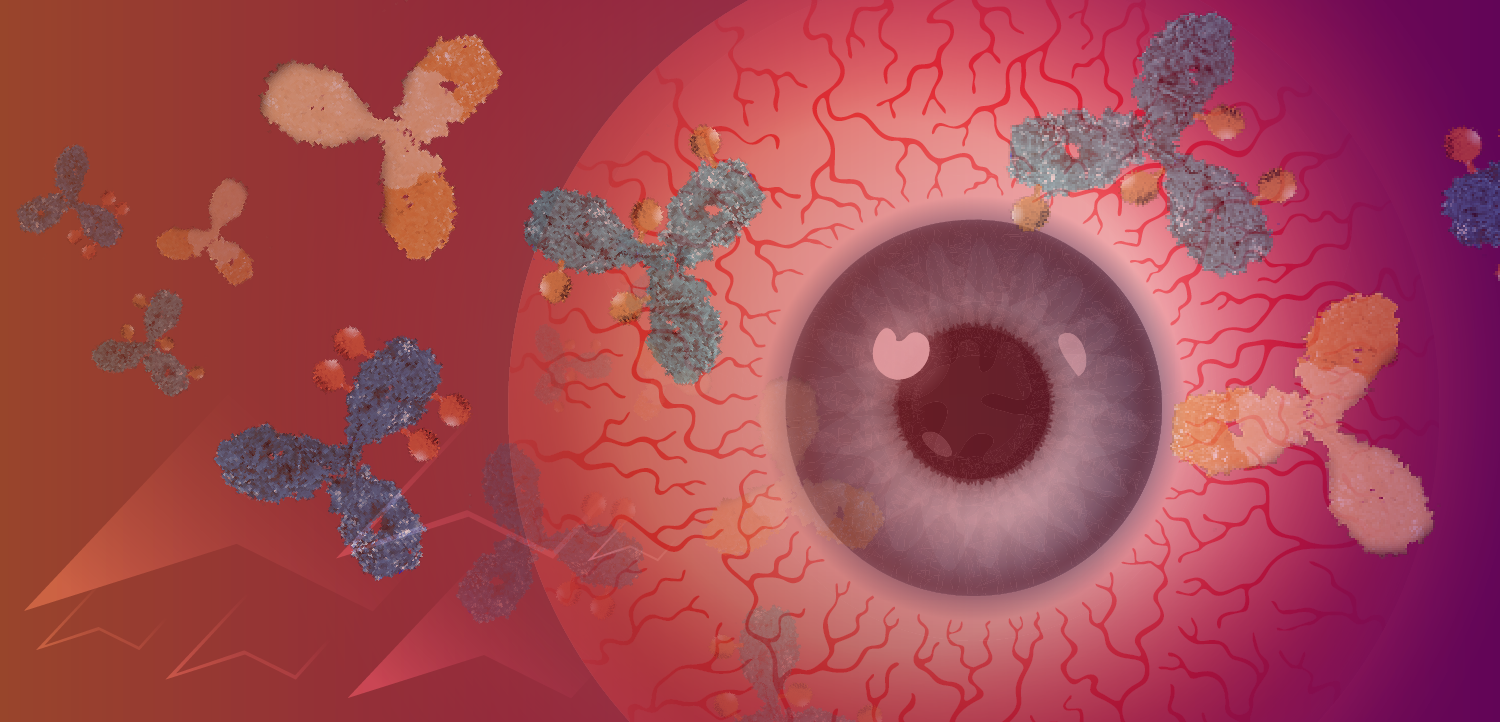Aspheric monofocal lens tops spheric lens for contrast sensitivity, study finds
London-In an intra-individual comparison of spheric and aspheric monofocal IOLs, significantly better contrast sensitivity was observed in eyes in which the aspheric lens had been implanted, but there was no difference in best-corrected visual acuity (BCVA), said Katrin Petermeier, MD, University Eye Hospital, Eberhard-Karls University, Tuebingen, Germany.
Dr. Petermeier, who conducted the study with colleagues Elke Altpeter, MD, and Peter Szurman, MD, presented the postoperative results here at the annual congress of the European Society of Cataract and Refractive Surgeons.
BCVA was analyzed using the ETDRS charts. Low-contrast visual acuity was assessed with Pelli-Robson charts. Photopic and mesopic contrast sensitivity were measured by functional acuity contrast tests using the Ginsburg Box. Spatial frequencies tested were 1.5, 3, 6, 12, and 18 cycles per degree at photopic (85 cd/m2 ) and mesopic (6 cd/m2 ) luminance levels; mesopic contrast sensitivity also was measured with glare (35 lux).
Follow-up results
At the 12-week follow-up, 44 patients were available; only 32 patients were necessary to give the study statistical significance, so the results were statistically valid.
Significantly better contrast sensitivity was observed with the aspheric lens, Dr. Petermeier said.
"Intra-individual comparison showed 20% higher contrast sensitivity for the [aspheric lens] at all spatial frequencies tested and under all three illumination states," she explained.
The difference in BCVA, low-contrast visual acuity, and residual refractive error between lenses was not statistically significant.
According to Dr. Petermeier, the most important outcome from this study is the superior performance of an aspheric lens compared with a spheric lens.
"It's the aspheric lens design that provides better contrast sensitivity," she said.
Newsletter
Don’t miss out—get Ophthalmology Times updates on the latest clinical advancements and expert interviews, straight to your inbox.














































.png)


